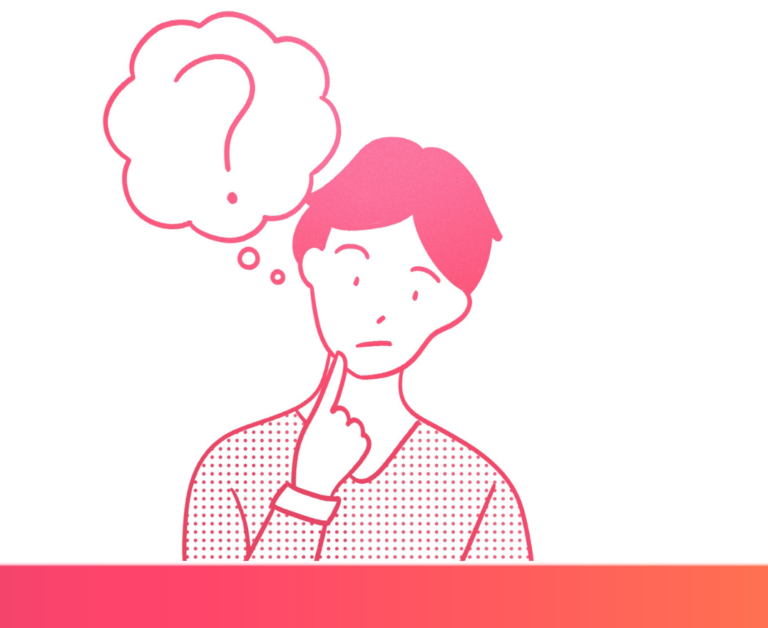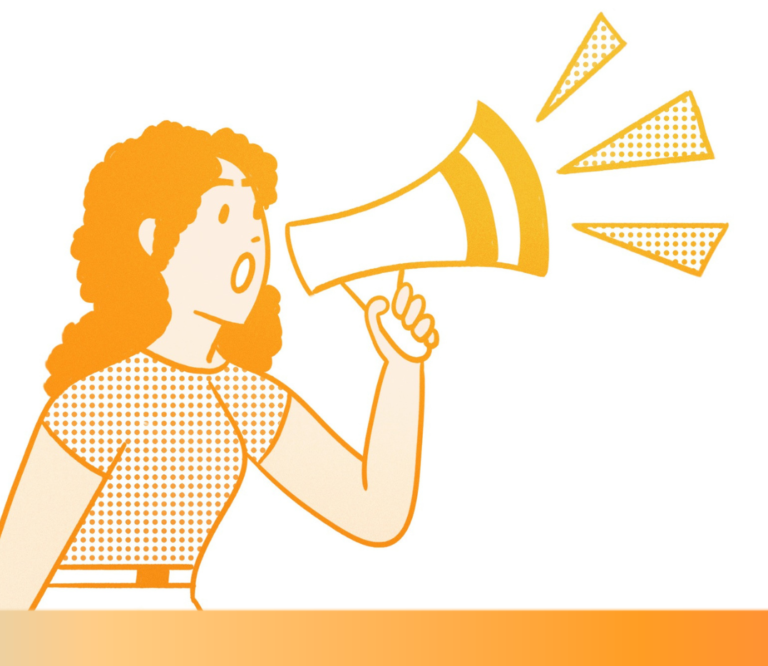
The power of storytelling
This toolkit will guide youth with the fundamental of good storytelling and how to drive advocacy on your platforms through your own storytelling.

As a sexual health educator, who works specifically with youth in the context of gender-based violence prevention, I’ve seen firsthand the impacts that quarantine has had on many 2SLGBTQ+ youth after being isolated in spaces where they were susceptible to, or experienced, gender-based violence. For some, they were unable to communicate with their partners while at home, due to not being out to their family. For others, they experienced homophobia or transphobia from caregivers or relatives.
Navigating safety during a time where being safe was either not an option, or an option that was only accessible through hiding parts of yourself, can have long-term effects on your mental health. It’s important to remember that there is no linear way to heal from experiencing, or being exposed to gender-based violence. So let’s talk a bit about what we can do, both as survivors of this violence, and as allies who are committed to standing up against this violence, to create safer spaces for us all, where we can bring our full selves without fear of repercussions. And most importantly, let’s talk about pathways to healing if you, or someone you know, was subject to gender-based violence during quarantine.
A lot of people still have the idea that GBV is solely domestic violence/intimate partner violence, when in reality gender-based violence is any violence inflicted on someone for their gender identity, gender expression, or perceived gender. Transphobia, and homophobia are common forms of GBV that are often not understood as such.
There are so many varying reasons as to how someone becomes homophobic or transphobic. This can include culture, religion, socioeconomic status and environment, as well as the long-lasting impacts of colonialism. What I want to emphasize to you, most, is that not one of those reasons is you. You’ve done nothing wrong, and your identity is not wrong. Navigating healing from trauma inflicted by loved ones is painful and complex, and how it happens is unique to every situation, but I want you to always remember that it is up to the folks- even those that we love- who exhibit homophobic and transphobic behaviour, to unpack their bigotry. It is not up to you to dim your light to accommodate anyone.
While you might not choose to unveil your identity to everyone, due to safety or comfort, it is still not your responsibility to do the work of unlearning and learning for the problematic people in your life.
Many online services that offer support for gender-based violence survivors have safety features on their website. Some incorporate a “hide this site” button that will immediately take you off of the page, and automatically hide it from your browser history. There are also helplines, chatlines, and virtual therapy that allow for accessing help in a discreet and anonymous way.
DO ask for help from someone you trust
DON’T feel ashamed for having experienced this; how others treat you is not a reflection of your worth
DO research to find resources, support groups, and events to connect with folks who have had similar experiences
DON’T try to trick yourself into believing that “it wasn’t that bad.” Your story is valid, and important
DO what is best for you to keep you safe, rather than what someone else believes is best for you
DON’T assume that what works for other people, has to work for you
DO trust yourself and your judgment. Listen to your gut and navigate this healing process in a way that feels best to you
DON’T blame yourself for your experience

Reflect on your own actions and thoughts. This includes checking your biases, and considering the ways in which your actions may have contributed to gender-based violence (slurs, attitudes towards certain groups of people, etc). Reflect on your own actions and thoughts.

Learn more about gender-based violence in order to prevent it by reading, attending workshops, and talking to your friends and family about it.

Share your learnings with the people around you!

Speak up against gender-based violence when you see it.

Listen to the experiences of those most susceptible to experiencing gender-based violence, and to those who have experienced it.

Tik Tok: @sexedwithlydia
@itgetsbettercanada Thank you to the wonderful Lydia Collins for showing us what allyship in action looks like! #2SLGBTQ #IGBC #ItGetsBetterCanada #QueerCanada #explore #pronouns ♬ original sound - It Gets Better Canada
@itgetsbettercanada Get ready with Lydia Collins as we answer the question "What is Gender Based Violence?" #pronouns #explore #QueerCanada #ItGetsBetterCanada #IGBC #2SLGBTQ #QueerStories ♬ original sound - It Gets Better Canada
@itgetsbettercanada Lydia Collins is back again with 3 mental health resources for Queer African Caribbean and Black individuals. #QueerStories #2SLGBTQ #IGBC #ItGetsBetterCanada #explore #QueerJoy ♬ original sound - It Gets Better Canada

This toolkit will guide youth with the fundamental of good storytelling and how to drive advocacy on your platforms through your own storytelling.

This toolkit explores what it means to have your gender invalidated and how you can support yourself in the face of invalidation.

A guide to connecting with communities online in a safe and beneficial manner to best support you.

A starting guide to beginning the hobby of journaling and supporting the journey of loving yourself.

